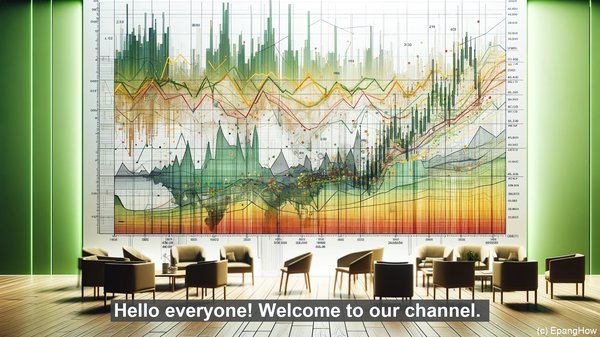Introduction: The Significance of Economic Indicators
Hello everyone! Welcome to our channel. Today, we’re going to delve into the world of economic indicators, focusing specifically on two important concepts: output gap and inflationary gap. These terms are often used in discussions about the state of an economy and its potential risks. By understanding their nuances, we can gain valuable insights into the overall economic health of a country. So, let’s get started!

Defining the Output Gap
The output gap, in simple terms, refers to the difference between the actual output of an economy and its potential output. It represents the underutilization or overutilization of resources, such as labor and capital, in an economy. When the actual output is below the potential output, we have a negative output gap, indicating an underperforming economy. Conversely, a positive output gap suggests that the economy is operating above its potential, which can have its own set of challenges. The output gap is a crucial indicator for policymakers as it helps them gauge the need for intervention, such as fiscal or monetary measures, to stabilize the economy.
Understanding the Inflationary Gap
While the output gap focuses on the level of economic activity, the inflationary gap looks at the price pressures within an economy. It represents the difference between the actual inflation rate and the desired or target inflation rate. When the actual inflation rate exceeds the target rate, we have a positive inflationary gap, indicating an overheating economy. This can be a cause for concern as it may lead to a spiral of rising prices and reduced purchasing power. On the other hand, a negative inflationary gap, where the actual inflation rate is below the target, can signify a sluggish economy with potential deflationary risks. Just like the output gap, the inflationary gap is a crucial metric for policymakers as it guides their decisions regarding monetary policy, interest rates, and other measures aimed at maintaining price stability.
Interplay Between the Two Gaps
The output gap and the inflationary gap are interconnected. A positive output gap, indicating an economy operating above its potential, can lead to a positive inflationary gap. This is because the increased demand and utilization of resources can drive up prices. Similarly, a negative output gap, reflecting an underperforming economy, can result in a negative inflationary gap, with prices remaining subdued. However, it’s important to note that the relationship between the two gaps is not always linear, and various factors, such as supply shocks or government policies, can influence their dynamics.

